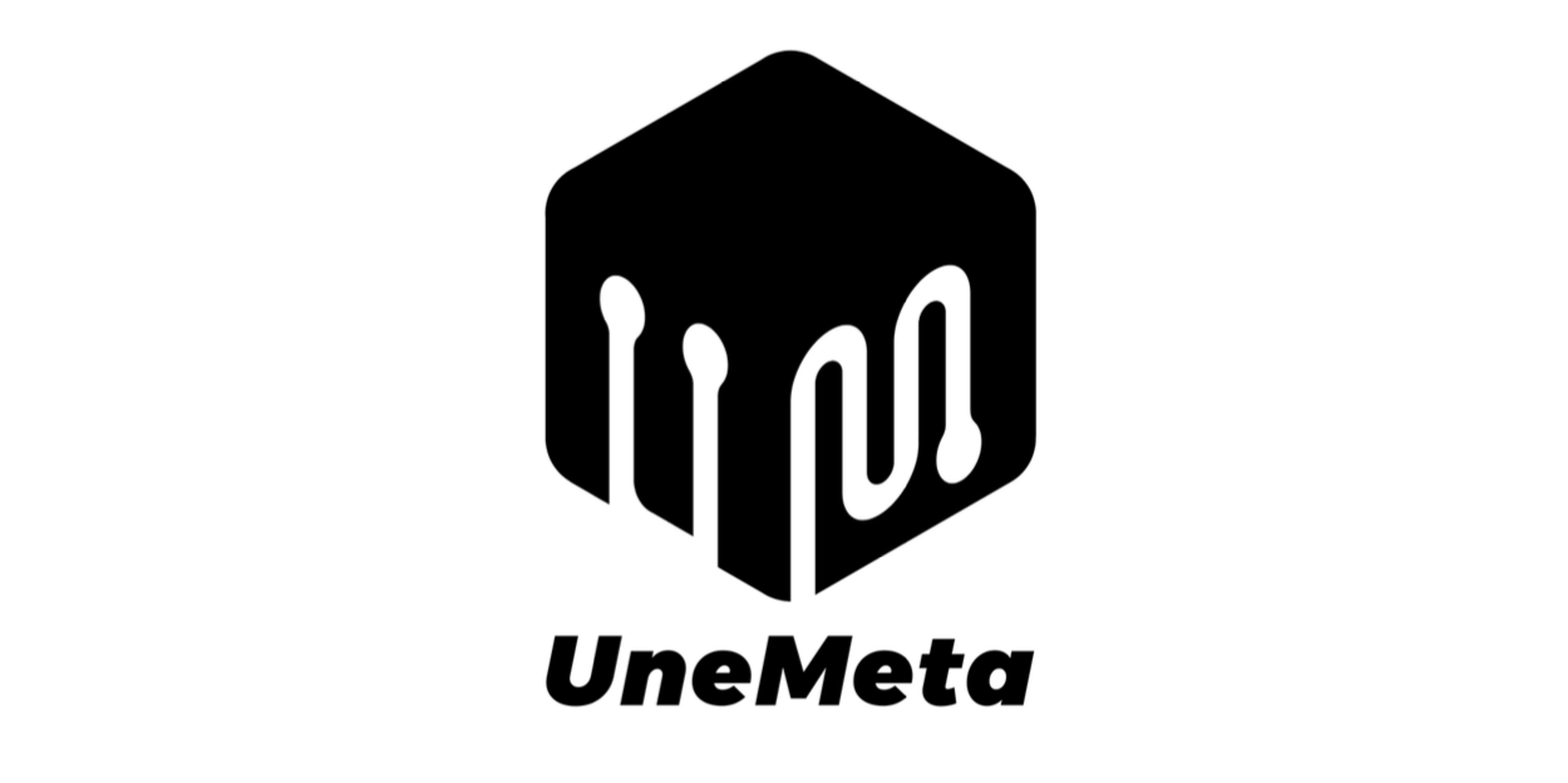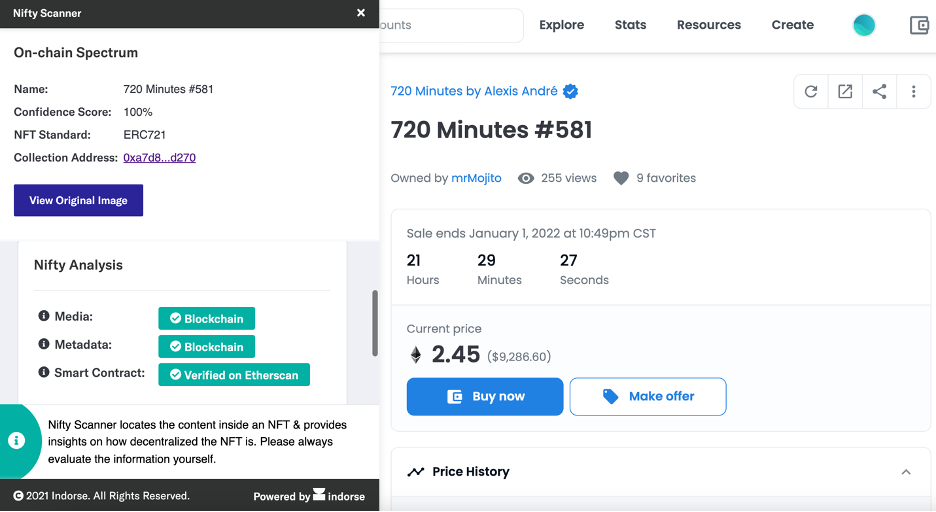
NFTs, short for Non-Fungible Tokens, gained immense influence in 2021. Its meteoric rise is in a large part because it allows us to completely rethink about how digital assets can be owned and traded. OpenSea, the leading NFT marketplace, is now seeing more than 2 million transactions a month, valued at close to $3 billion in trading volume from over 270k users.
However, as NFTs continue to gain momentum, many are left wondering: what exactly is an NFT? Are they truly secured, immutable, and decentralized assets?
NFT = Non-Fungible Token + Metadata
When purchasing an NFT, you may automatically assume that you are buying the art, music, or other form of digital asset that is on display. However, the actual purchase you make is not of the asset directly, but rather, the associated Non-Fungible Token plus the metadata of the asset.
Let’s try to break it down.
The Non-Fungible Token is a small collection of data that lives on blockchain networks and consists of both information regarding the background of the token, and perhaps more importantly, a link to retrieve the metadata. The metadata is what contains the asset you are buying. It is a larger collection of data that states the traits and the actual media content of the asset. Unlike the token, the metadata does not necessarily exist on the blockchain network. @0xAllen_ visualized the concept well here in his twitter post.
Centralized Servers
As such, do not be surprised if centralized servers are a part of the conversation when talking about NFTs. Many of the NFTs circulating in the market today still rely on centralized servers to store their metadata.
Let’s take an example here and look at a listing on OpenSea. This NFT is from a collection called Solvency created by Ezra Miller. As mentioned earlier, this NFT is actually composed of two parts. One part is the token living on an Ethereum network smart contract, here an ERC721 token. The other is the metadata, an mp4 file stored on Amazon Web Service’s centralized server.

In a sense, Solvency chose Amazon’s cloud service as the custodian for its mp4 asset. Storing the media off the blockchain network here is a viable solution as Solvency specializes in animated art, which uses a larger amount of data. Storage and tracking of the mp4 file on the Ethereum blockchain could be much more costly and less efficient compared to this current solution. However, off-chain metadata storage imposes risks on the ownership of the NFTs. Though AWS and other centralized cloud services are often deemed reliable nowadays, there is no guarantee that these servers will last forever, and thus no guarantee the metadata is 100% safe. Physical damage, malicious attacks, or the ending of company operations could all possibly lead to the loss of the NFT metadata.
Decentralized Storage
Besides moving the data on-chain, what is a more feasible solution to ensure secured metadata? One option is through the IPFS, also known as the InterPlanetary File System. IPFS is a protocol and peer-to-peer network for storing and sharing data in a distributed file system. Many NFT marketplaces, such as Rarible and MakersPlace, are now adopting the IPFS for this purpose. Files stored on IPFS no longer rely on centralized service providers, but instead are held by a decentralized storage network that is verifiable and inalterable. OpenSea, which used to only offer centralized storage, also announced in June 2021 that freezing will become an option for minting, which is a usage of the IPFS protocol.
The IPFS network is reliant on nodes to store data, and projects such as Filecoin are now offering extended solutions based on the IPFS to sustain permanent storage through incentivizing network node operators. Some challenge the validity of the incentive models and deem these networks’ reliability unproven. Another solution like the IPFS is Arweave, which leverages blockweave, a derivative of blockchain technology. Through Arweave, users pay an upfront fee to ensure permanent decentralized storage.
100% On-Chain NFTs
Are there NFTs that are truly 100% on-chain? This would mean that both the token and the metadata are stored on blockchain networks. This may sound ineffective and resource intensive, but there are now tools for minting that support true on-chain storage. Art Blocks is one example. Metadata of NFTs minted on Art Blocks are stored immutably, on the Ethereum network. As such, even if the Art Blocks team completely stopped operations, NFTs minted using Art Blocks will still exist forever on the network.
Another similar option is InfiNFT, which supports the minting of ERC-721 tokens while storing the metadata on the Arweave blockchain. However, so far, none of the most popular NFT marketplaces offer on-chain metadata storage via their minting services. Most do have either as a default or as an option storage via the IPFS protocol.
Tools For Checking Where Your NFT Metadata Is Stored
Now, you may be wondering, how secure are your NFTs and their metadata? The following tools can help you find out:
Check My NFT is a site that allows you to find out how an NFT’s metadata is stored using the NFT’s contract address and token ID.
Another option is Indorese, a browser extension that can be used to check the metadata storage for OpenSea listings and others.

Concluding Thoughts
In a recent blog post by Moxie Marlinspike, creator of Signal, he revealed that he created an NFT that changes based on who is viewing it. This particular NFT has a different look on Opensea, on Rarible and in a crypto wallet. However, despite not violating any terms and conditions of the platform, Opensea took down Marlinspike’s NFT, and consequently he could no longer view the NFT from his wallet.
As we are quickly adopting and developing the metaverse, NFTs will inevitably become a large part of our future. It is then vital that we raise awareness and educate one another about the true components of NFTs and potential downfalls of the current ecosystem as it stands. It is our hope that, as technologies continue to develop, and as our community grows stronger, true immutable digital ownership will be standardized to all. However, we cannot do this alone.